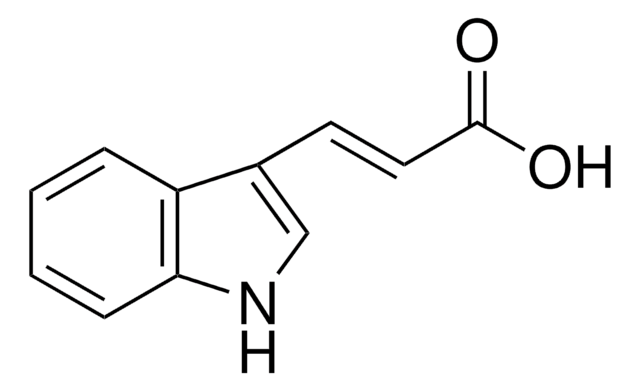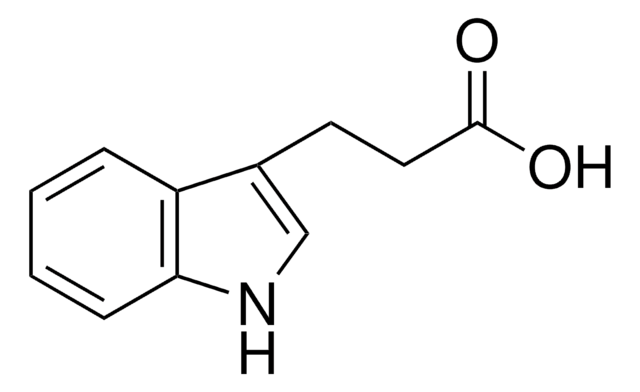P0500
Palmitic acid
≥99%
Synonym(s):
1-Pentadecanecarboxylic acid, C16:0, Cetylic acid, Hexadecanoic acid, NSC 5030, PamOH
About This Item
Recommended Products
vapor pressure
10 mmHg ( 210 °C)
Quality Level
Assay
≥99%
form
powder
bp
271.5 °C/100 mmHg (lit.)
mp
61-62.5 °C (lit.)
density
0.852 g/mL at 25 °C (lit.)
functional group
carboxylic acid
lipid type
saturated FAs
shipped in
ambient
storage temp.
room temp
SMILES string
CCCCCCCCCCCCCCCC(O)=O
InChI
1S/C16H32O2/c1-2-3-4-5-6-7-8-9-10-11-12-13-14-15-16(17)18/h2-15H2,1H3,(H,17,18)
InChI key
IPCSVZSSVZVIGE-UHFFFAOYSA-N
Gene Information
human ... FABP2(2169) , FABP3(2170) , FABP4(2167) , FABP5(2171)
Looking for similar products? Visit Product Comparison Guide
General description
Application
- to study its effects on monocyte chemoattractant protein-1 (MCP-1) expression in adipocytes and THP-1 macrophages
- to stimulate lipotoxicity in primary rat hepatocytes
- in Et-bovine serum albumin (BSA) solution along with retinoic acid (RA) and retinol to study its effects on spermatogenesis or meiotic progression
WGK
nwg
Flash Point(F)
235.4 °F
Flash Point(C)
113 °C
Personal Protective Equipment
Certificates of Analysis (COA)
Search for Certificates of Analysis (COA) by entering the products Lot/Batch Number. Lot and Batch Numbers can be found on a product’s label following the words ‘Lot’ or ‘Batch’.
Already Own This Product?
Find documentation for the products that you have recently purchased in the Document Library.
Customers Also Viewed
Articles
Fatty acids of the n-3, n-6 and n-9 families are important supplements for cell culture systems. They are important in cell culture systems used to biomanufacture heterologous proteins, such as monoclonal antibodies.
How palmitic acid, other fatty acids and other cell culture components affect the performance of serum-free, protein-free cell culture systems used for biomanufacturing heterologous proteins including monoclonal antibodies.
Our team of scientists has experience in all areas of research including Life Science, Material Science, Chemical Synthesis, Chromatography, Analytical and many others.
Contact Technical Service








